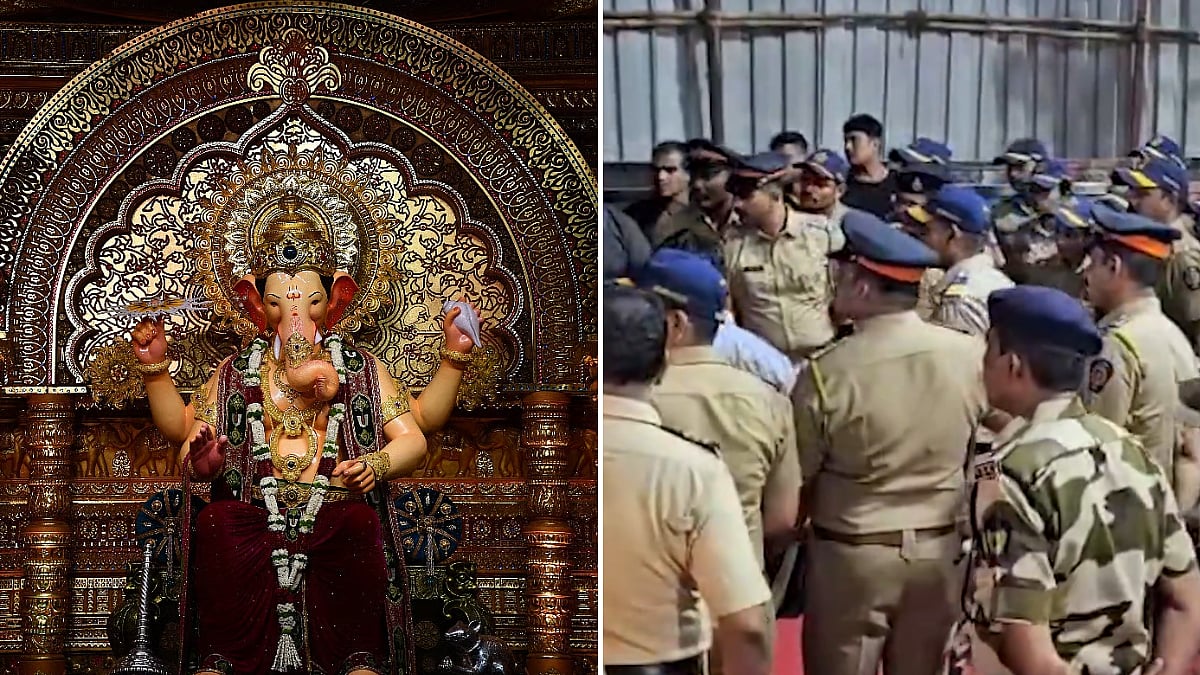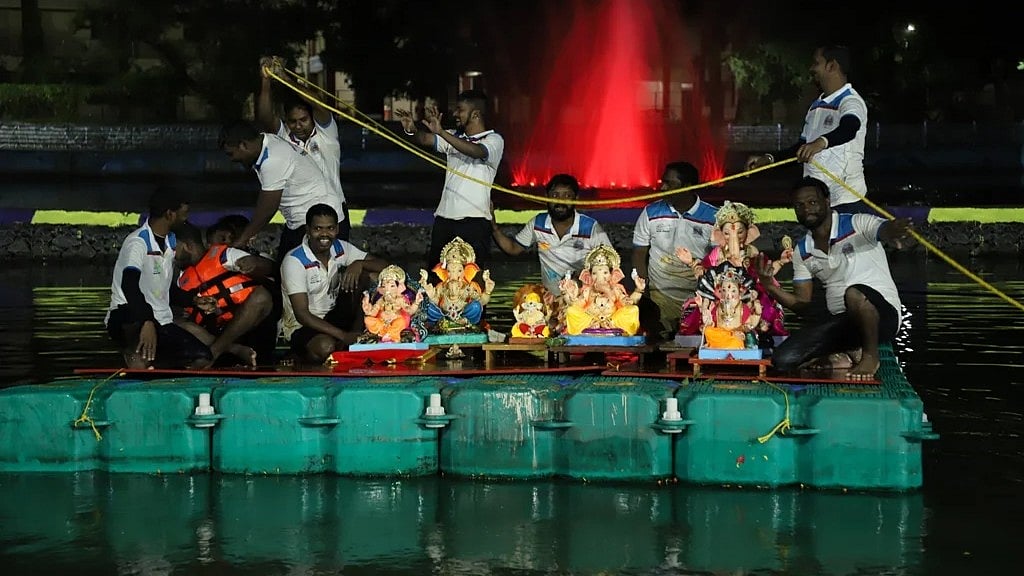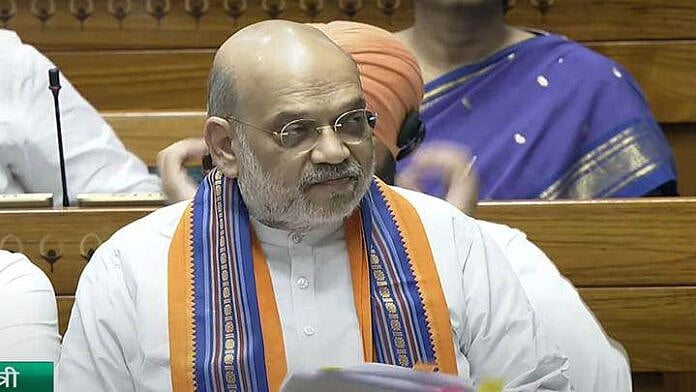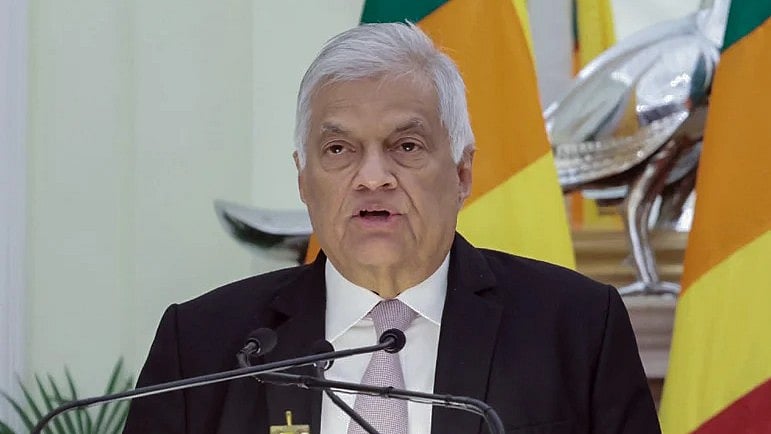Prime Minister Narendra Modi’s sweeping reshuffle of his council of ministers – nearly one in five of the existing ministers have been dropped, while a number of new additions have taken the strength of the Union Council of Ministers to 77, just one short of the record 78-member Council of Ministers in the NDA government’s first term in office.
As many as 43 leaders have been inducted, including prominent recent joinees from Opposition ranks like Jyotiraditya Scindia, Narayan Rane and Sarbananda Sonowal. The new appointees appear to have been inducted largely from a political and representational point of view. There has been strong representation given to poll-bound Uttar Pradesh and Gujarat, as well as putting the northeast states firmly on the map with as many as five new inductees. The southern states, where the BJP is very keen to consolidate its presence, have also got a look-in. Among the new additions from Karnataka, the induction of Shobha Karandlaje, a close associate of rebellion-hit Chief Minister BS Yediyurappa, sends a clear message to the rebels.
Conventionally, such major reshuffles in the past have been viewed as a mid-term appraisal of sorts of the performance of the incumbents, with the Prime Minister rewarding performers and punishing laggards. The current reshuffle is, in that sense, no exception. A round dozen ministers were asked to step down from their posts ahead of the reshuffle. While some may get gubernatorial or party posts, others appear to have been axed to send the message that the Prime Minister will not brook non-performers. This is perhaps why both Health Minister Harsh Vardhan and his deputy were let go. The mismanagement of the Covid-19 pandemic, the premature declaration of ‘victory’ over the virus and the disastrous second wave have caused immense damage to the government’s image in general and Prime Minister Modi’s in particular.
Among the other heavyweights who resigned was IT Minister Ravi Shankar Prasad, who has been the public face of the current BJP government’s crackdown on global social media giants like Twitter and Facebook, which has invited global blowback as an attempt to muzzle free speech. Environment Minister Prakash Javdekar has been attracting global criticism for India’s flouting of environmental norms and regulations.
Education Minister Ramesh Chandra Pokhriyal ‘Nishank’ was tested and found wanting during the pandemic, failing to come up with an effective plan to counter the pandemic’s impact on education, particularly school education. In fact, the government was forced to come up with an alternative scoring system for the cancelled Class 12 Board exams only after the Supreme Court intervened in the matter.
Likewise, Labour Minister Santosh Gangwar was widely criticised for failing to tackle the massive job losses caused by the pandemic-induced lockdowns, as well as the problems of lakhs of migrant labour. Babul Supriyo was axed after the party’s debacle in the West Bengal polls.
However, it would be a mistake to see the current reshuffle purely as a reward for performance and punishment for non-performance. In fact, a bulk of the inductees are newcomers and as such, have no track record in governance to back them. The major thrust of the exercise has been clearly aimed at getting the BJP’s representational politics right, ahead of important state elections.
The majority of the inductees belong to Other Backward Castes and Scheduled Castes, indicating the key target for the BJP, particularly in UP, where six of the seven appointees are OBCs/SCs. Likewise, the party’s house needed to be set in order in Gujarat. Restive allies have also been placated. Prime Minister Narendra Modi has accommodated BJP’s ally Janata Dal (United) president RCP Singh, as well as Lok Janshakti Party leader Pashupati Nath Paras. The induction of women, and tech entrepreneur Rajeev Chandrashekhar, are nods to gender and talent diversity.
While the Prime Minister’s political messaging has been spot on – notice has already been served to the caste-based parties in UP and elsewhere, as well as to current and potential future allies – there is still a question mark over the overall bandwidth available with this Cabinet. While economic growth has taken a massive hit post-pandemic and inflation is threatening to go out of control with a sharp rise in food and fuel prices, and businesses continuing to suffer and the volume of bad loans continuing to soar despite much-publicised ‘stimulus’ packages, there has been much criticism of the economic management of the country, but Finance Minister Nirmala Sitharaman has remained unscathed, while her deputy Anurag Singh Thakur actually got a promotion.
With post-pandemic recovery now the top priority for the government, it remains to be seen whether the reshuffle in portfolios manages to put the right talent in the right job. Beyond that, Article 75 of the Constitution makes it clear that both success and failure are the collective responsibility of the council of ministers headed by the Prime Minister. It is up to Prime Minister Modi now to lead his refreshed team towards a better strike rate in managing the challenges faced by the nation.










